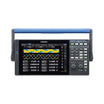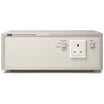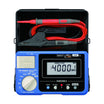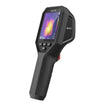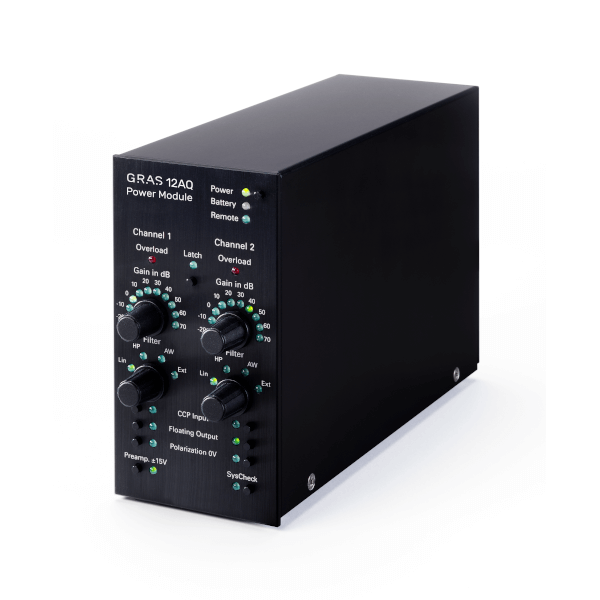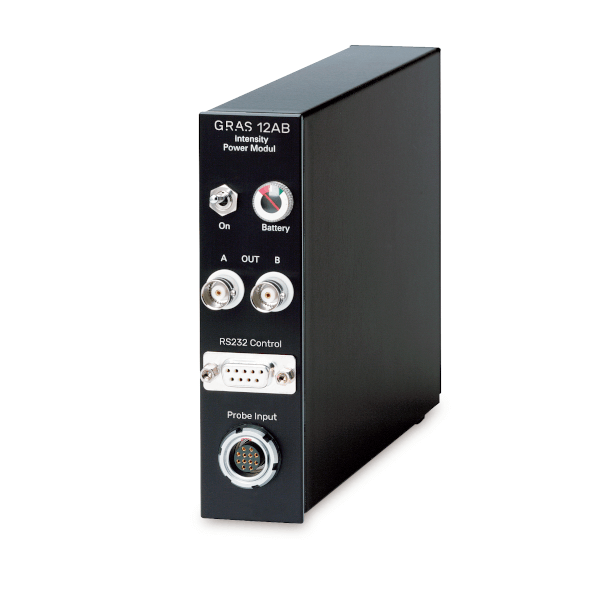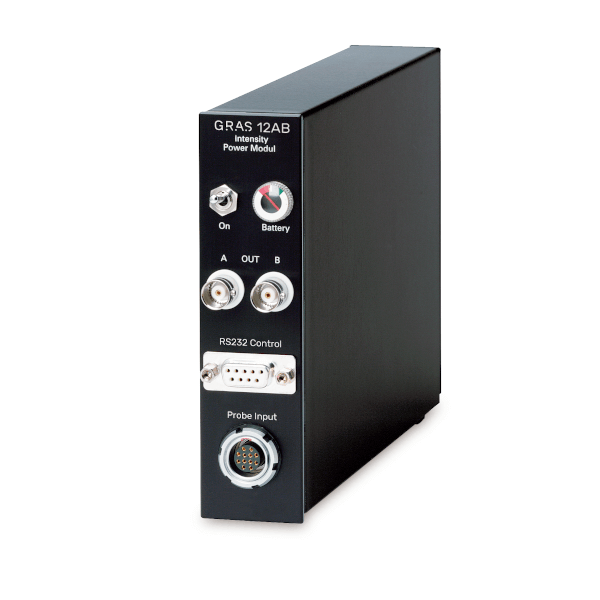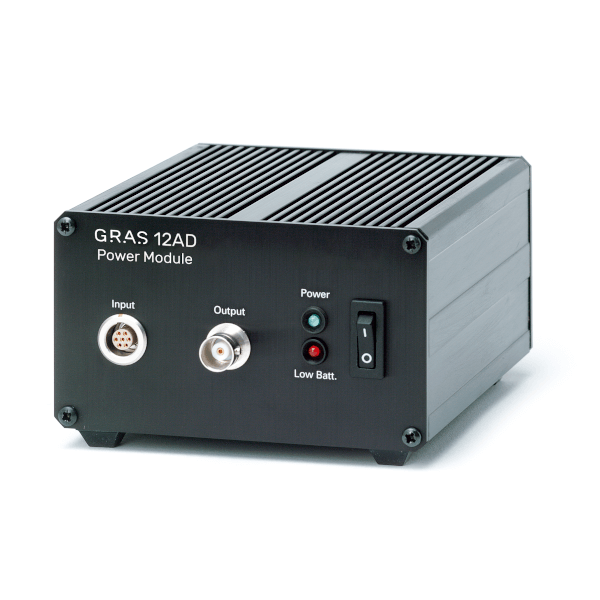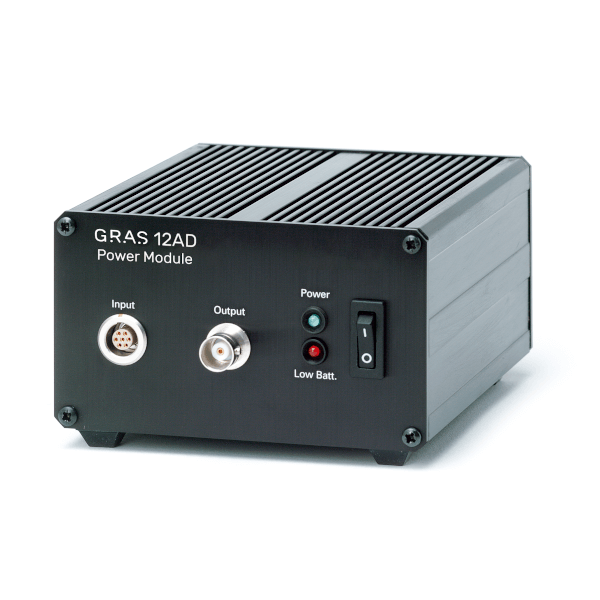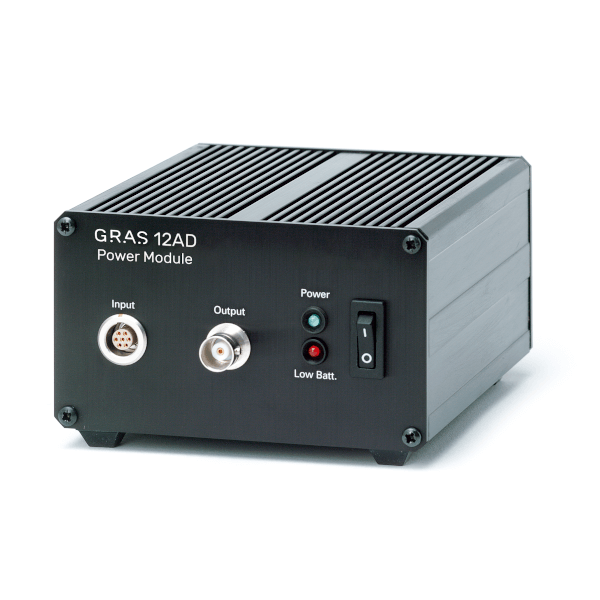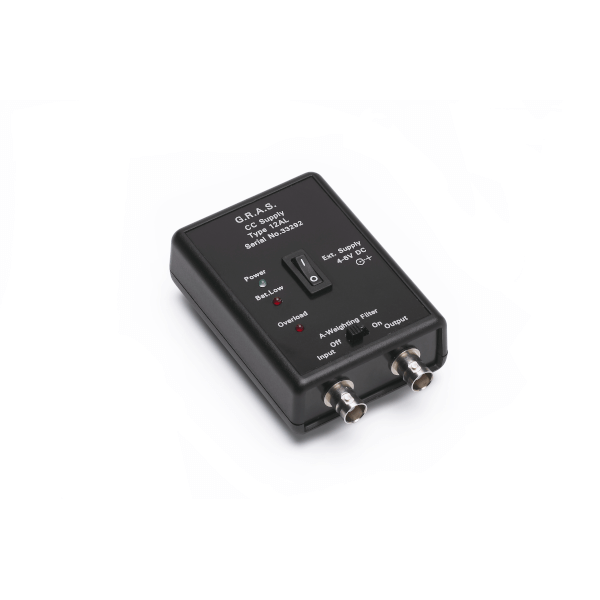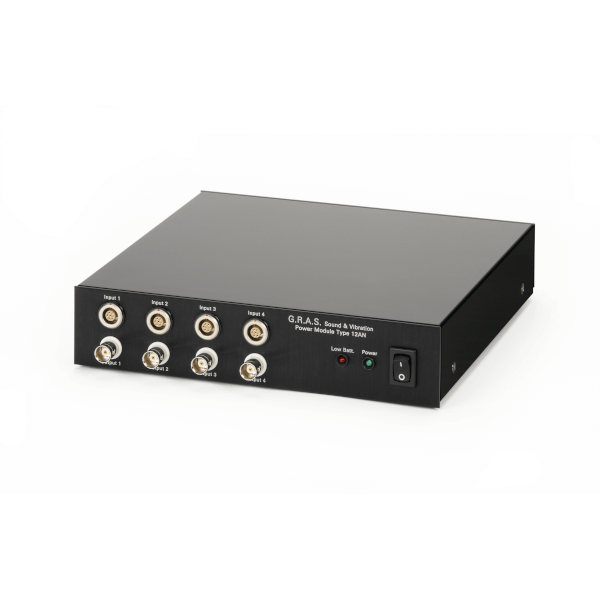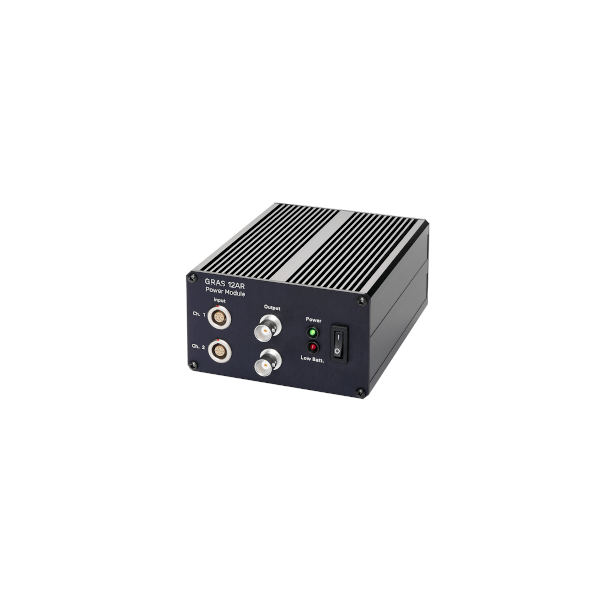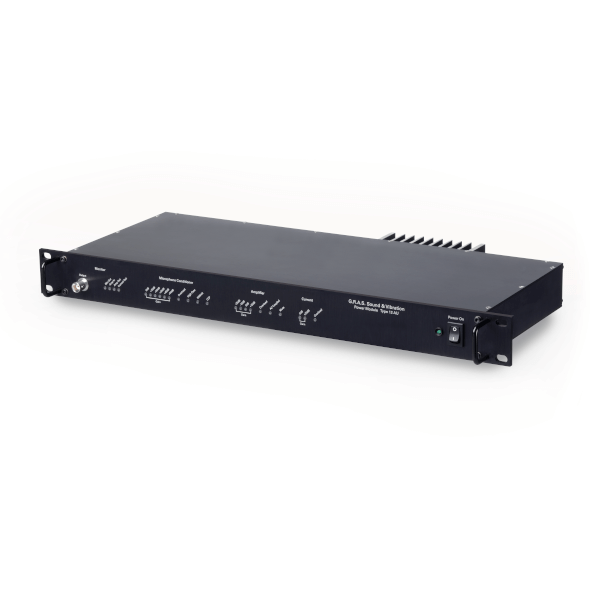Why a Power Module?
An externally polarized condenser measurement microphone cannot work on its own. It needs to be connected to hardware that can act as an interface between the raw signal output and the data acquisition unit or measurement device. The Power Module is such an interface that improves the performance and reliability of the measurement chain.
- It provides polarization voltage for the transducer, ensuring that the microphone gets the charging voltage it needs.
- It provides supply voltage for the microphone preamplifier. The preamplifier acts as a unity gain impedance converter. It provides a certain amount of line drive capability by providing a low output impedance and output current, making it possible to transmit the signal from the transducer to the Power Module without significant degradation.
- A power module can provide amplification or attenuation to the signal, thus making it possible to fine tune the measurement chain to the signals being measured and the hardware being used.
- Selectable filters make it possible to exclude unwanted noise from the measurement, e.g., wind-induced noise from outdoor measurements.
- Overload detection makes it possible to validate the measurements and is a useful tool in monitoring setups.
- When a Power Module with gain is used, you can use longer cables because of the power module's ability to deliver current.
- A Power module introduces electrical isolation
GRAS' range of power modules cover solutions for electroacoustic applications (LEMO), intensity probes (LEMO), lownoise microphones (LEMO) and power modules with traditional power supply (LEMO) as well as power modules with constant current power (CCP) that have the ability to take advantage of GRAS SysCheck2™-enabled microphones.


